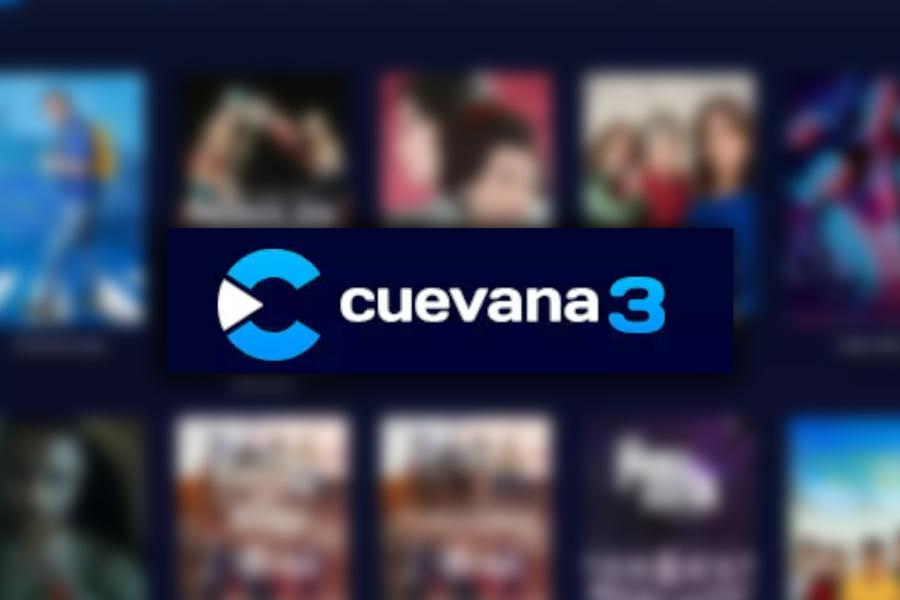Introduction
Cross-platform app development refers to the process of building an app that can run on multiple platforms, such as iOS, Android, and Web, without the need for separate codebases. With the growing demand for mobile apps, cross-platform development has become increasingly popular because of its cost-effectiveness and time-saving benefits. However, choosing the right framework for your project is crucial to ensure a successful outcome. In this blog, we will explore some of the best frameworks for cross-platform app development and help you make an informed decision.
React Native
React Native is a popular open-source framework for building cross-platform apps. It allows developers to build native apps using JavaScript and React, the same technology stack used for web development. React Native comes with a vast library of pre-built components, making it easy to create a beautiful and functional app. The framework also supports hot-reloading, which allows developers to see changes in real-time and saves time during the development process.
One of the biggest advantages of React Native is its performance, which is comparable to that of native apps. The framework also has a large developer community, which means that you have access to a wealth of knowledge and resources. However, one of the disadvantages of React Native is its limited native API access, which can limit the app’s capabilities.
React Native is a great choice for building cross-platform apps for various industries, including e-commerce, social media, and finance. Companies like Facebook, Instagram, and Walmart have used React Native to build their apps, demonstrating its versatility and power.
Flutter
Flutter is another open-source framework for building cross-platform apps. It uses Google’s Dart programming language and provides a modern, fast, and beautiful way to create apps. Flutter has a unique feature called Hot Reload, which allows developers to quickly see changes in the app and improve the development process.
Flutter’s biggest advantage is its fast performance, which is due to its use of Dart and the fact that it compiles code directly to native code. The framework also provides a rich set of pre-built widgets and a modern design language, making it easy to create beautiful and functional apps.
However, Flutter is relatively new compared to other frameworks and has a smaller developer community. This means that there are fewer resources and a smaller pool of developers with experience using the framework.
Flutter is ideal for building apps for various industries, including healthcare, education, and entertainment. Companies like Google, Alibaba, and Groupon have used Flutter for their cross-platform app development projects.
Xamarin
Xamarin is a cross-platform development framework that uses C# and the .NET framework to build apps. It provides a streamlined development experience and allows developers to share code across multiple platforms. Xamarin also provides access to native APIs, allowing developers to create apps with native performance and capabilities.
One of the biggest advantages of Xamarin is its seamless integration with Visual Studio, making it a popular choice among Microsoft developers. The framework also has a large developer community and provides access to a vast library of pre-built components and plugins.
However, Xamarin can be more difficult to learn for developers who are not familiar with C# and the .NET framework. It can also be more resource-intensive compared to other frameworks, which can slow down the development process.Xamarin is ideal for building enterprise apps and business-critical applications, such as financial, accounting, and HR apps.
PhoneGap
PhoneGap is a that uses HTML, CSS, and JavaScript to build apps. It provides a streamlined development experience and allows developers to share code across multiple platforms. PhoneGap also provides access to native APIs, allowing developers to create apps with native performance and capabilities.
One of the biggest advantages of PhoneGap is its simplicity and ease of use, making it a popular choice among web developers. The framework also has a large developer community and provides access to a vast library of pre-built components and plugins.
However, PhoneGap can have performance limitations, especially when compared to native apps. The framework also relies on web technologies, which can limit the app’s capabilities and functionality.
PhoneGap is ideal for building simple, fast, and efficient apps, such as weather, news, and sports apps. Companies like IBM, NASA, and Wikipedia have used PhoneGap for their cross-platform app development projects.
Ionic
Ionic is a cross-platform app development framework that uses Angular and HTML, CSS, and JavaScript to build apps. It provides a streamlined development experience and allows developers to share code across multiple platforms. Ionic also provides access to native APIs, allowing developers to create apps with native performance and capabilities.
One of the biggest advantages of Ionic is its ease of use and its rich set of pre-built components and plugins. The framework also has a large developer community and provides a modern design language, making it easy to create beautiful and functional apps.
However, Ionic can have performance limitations, especially when compared to native apps. The framework also relies on web technologies, which can limit the app’s capabilities and functionality.
Ionic is ideal for building simple, fast, and efficient apps, such as weather, news, and sports apps. Companies like McDonald’s, JustEat, and Sworkit have used Ionic for their cross-platform app development projects.
Conclusion
Choosing the right framework for your project can make a big difference in the success of your project. React Native, Flutter, Xamarin, PhoneGap, and Ionic are all great options, each with its own advantages and disadvantages. Consider your project’s requirements, your team’s expertise, and the desired outcome to make the best choice for your project.
This blog has provided an overview of some of the best frameworks for cross-platform app development. Whether you’re a seasoned developer or just starting out, we hope that this information has been helpful in your search for the right framework for your project.




